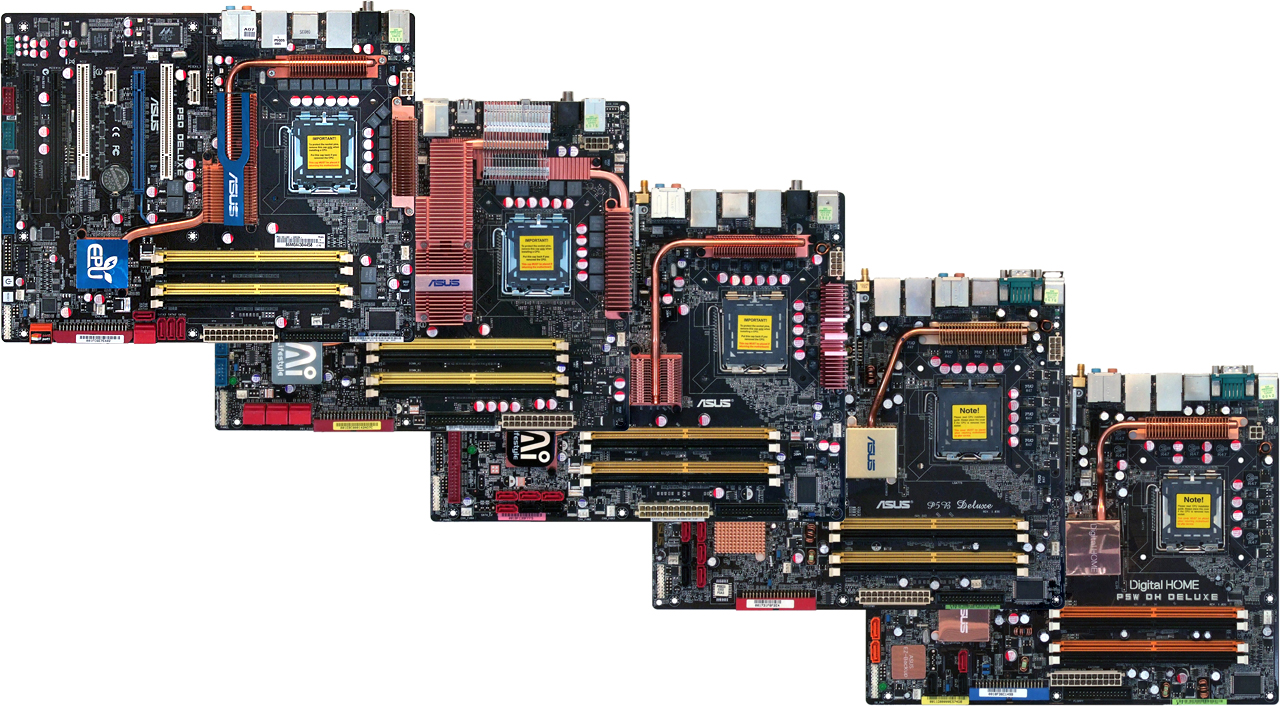PCI Express & CrossFire: Scaling Explored
Introduction
AMD’s CrossFire technology might be an excellent way to turn a mundane gaming machine into an FPS-shredding powerhouse, but with multiple Intel-based platforms supporting the feature across several different PCI Express lane configurations, not everyone is equally convinced. Putting aside the fact that many games only benefit from CrossFire at high resolutions and high-quality settings, many users are concerned about whether or not their motherboard can provide enough bandwidth to realize the full potential of CrossFire.
We hear questions like, “should I upgrade my motherboard first ?” and “CrossFire Upgrade or New Build” in our user forums, with a different set of answers each time. It’s time to put some data behind those responses.

With Core 2 chipset development halted in light of Core i7 and recent worldwide financial events causing many buyers to re-evaluate their spending habits, now is the perfect time to analyze how CrossFire scales on various chipsets as a guide for those looking to enable the best possible performance at the right price.
Digging deep into our hardware stash, we found Core 2-compatible motherboards going all the way back to the venerable 975X chipset, along with every generation of Intel LGA775-based motherboard since.
Of course, we had to pick a starting point, so today’s article brings with it all the prior upgrades that owners of high-end systems up to two years old could reasonably be expected to have purchased, such as Intel’s fastest Core 2 Duo processor and four gigabytes of high-speed memory. Follow along as we detail each build and attempt to determine which motherboards are suitable for CrossFire upgrades and which are better retired to platform heaven.
Get Tom's Hardware's best news and in-depth reviews, straight to your inbox.
-
sparky2010 should've included 1920x resolutions in the last page, as there are a lot of people out there with screens capable of that resolution.. but anyways, all in all a very good and informative article.. but i'm going to settle with a complete makeover when core i7 becomes more available!Reply -
V3NOM yer kinda interesting to see how things have changed with new mobos but it doesnt really have any practical value tbh.Reply -
Crashman V3NOMyer kinda interesting to see how things have changed with new mobos but it doesnt really have any practical value tbh.Reply
It's all about answering the question "Will a second card do the job".
Lots of guys have midrange or better ATI graphics cards, and the question of "upgrade or replace" is constantly being asked. -
outlw6669 @ arkadiReply
Yes the x58 is out.
However, as it can not be paired with a Core 2 CPU and runs DDR3 exclusively, you can not directly compare the results.
In general, I would assume crossfire on the x58 will scale similarly to the x38/48 as they both have the same PCIe configuration. -
Crashman outlw6669Thanks for finally getting this review out!Reply
It was planned for September but kept getting delayed due to tight deadlines on other articles. But when the economy finally went from a slow decline to a nosedive in November, we knew this article had to come out right away. More people are putting new systems on hold and looking for ways to keep their old ones up to current performance standards, and we care about upgraders just as much as system builders.
